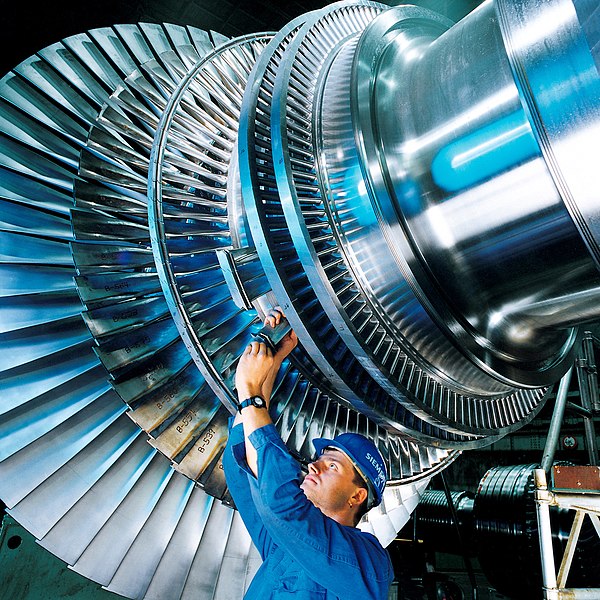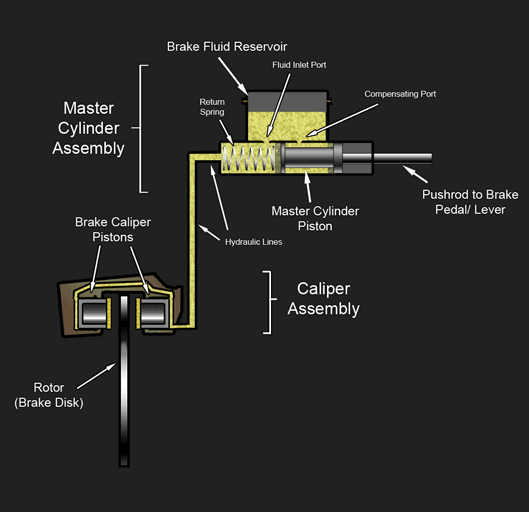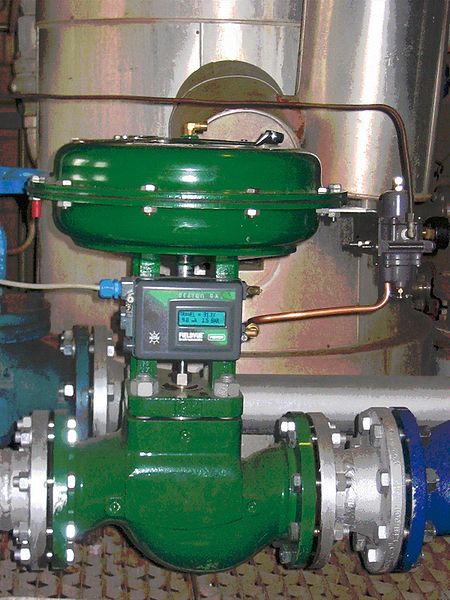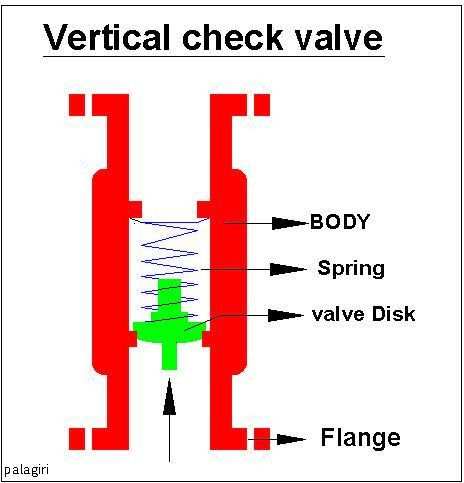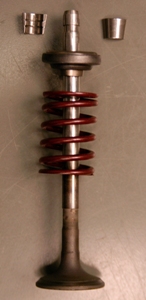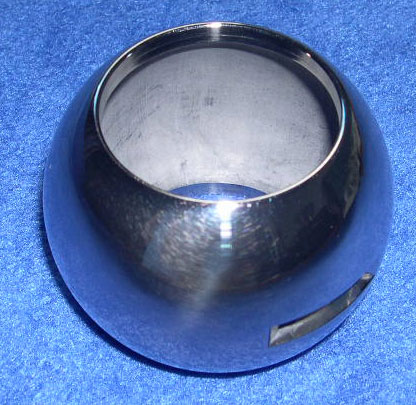We just learned about the Vacuum Pump.
Another part of the history of steam engines is the Steam Cylinder.
One inventor named Denis Papin had the idea to have a tube or a cylinder with hot water in it.
He found out that when you heated up the hot water, the pressure got really high with the steam and air pushing very hard on the walls of the cylinder.
This was the opposite of the vacuum pump, where it was sucking in, this was air pushing out.
He got the idea to have a pole or a piston that could be pushed out when the steam was heated up.
This piston could be used to push something up like a big machine.
So if the steam cooled down, the piston would go down.
If the steam heated up, the piston would go up.

(from: wikipedia - denis papin)
Kid Facts - Blast from the past: Forensic Anthropology

